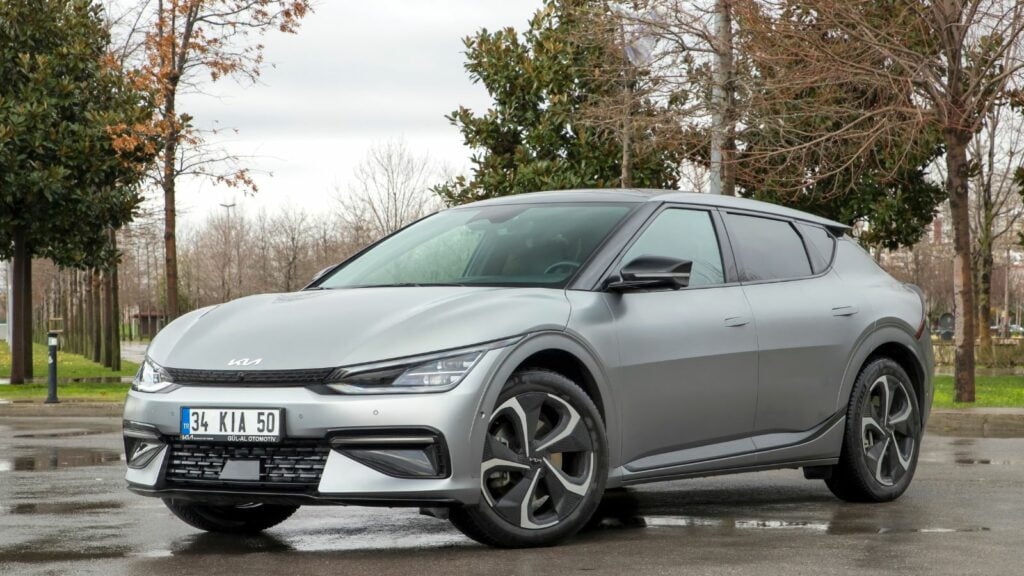For years, Canadians turned to imported cars, many European, Japanese, and Korean, for a blend of value, performance, and innovation. But tariffs and retaliatory duties have redrawn the auto landscape. Whether it’s a turbocharged hatchback or a luxury SUV, these models now come with thousands in added fees, extended delays, or outright supply shortages. Here are 22 cars once imported freely that now face price walls:
Volkswagen Golf GTI
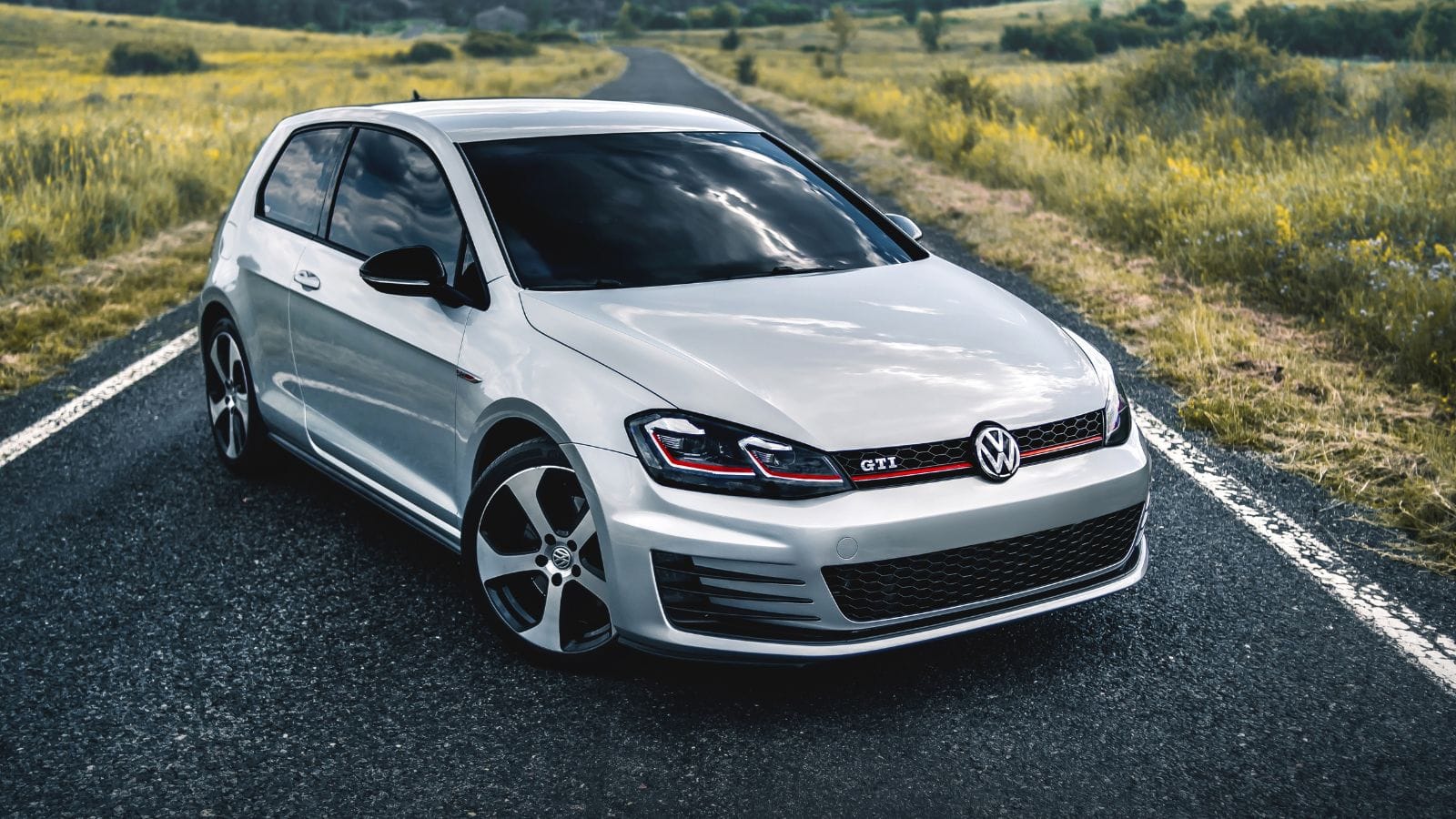
The GTI was long a favorite in Canada, with its turbocharged hatchback that blended performance with practicality. Its 2.0L turbo-four delivered 241 hp and 0-100 km/h in under 6.5 seconds. But with new tariffs on German-built vehicles and parts, the GTI’s base price has crept into the $40K range in some provinces. Add delays in parts availability, and even routine maintenance is no longer affordable for many fans.
Toyota Crown
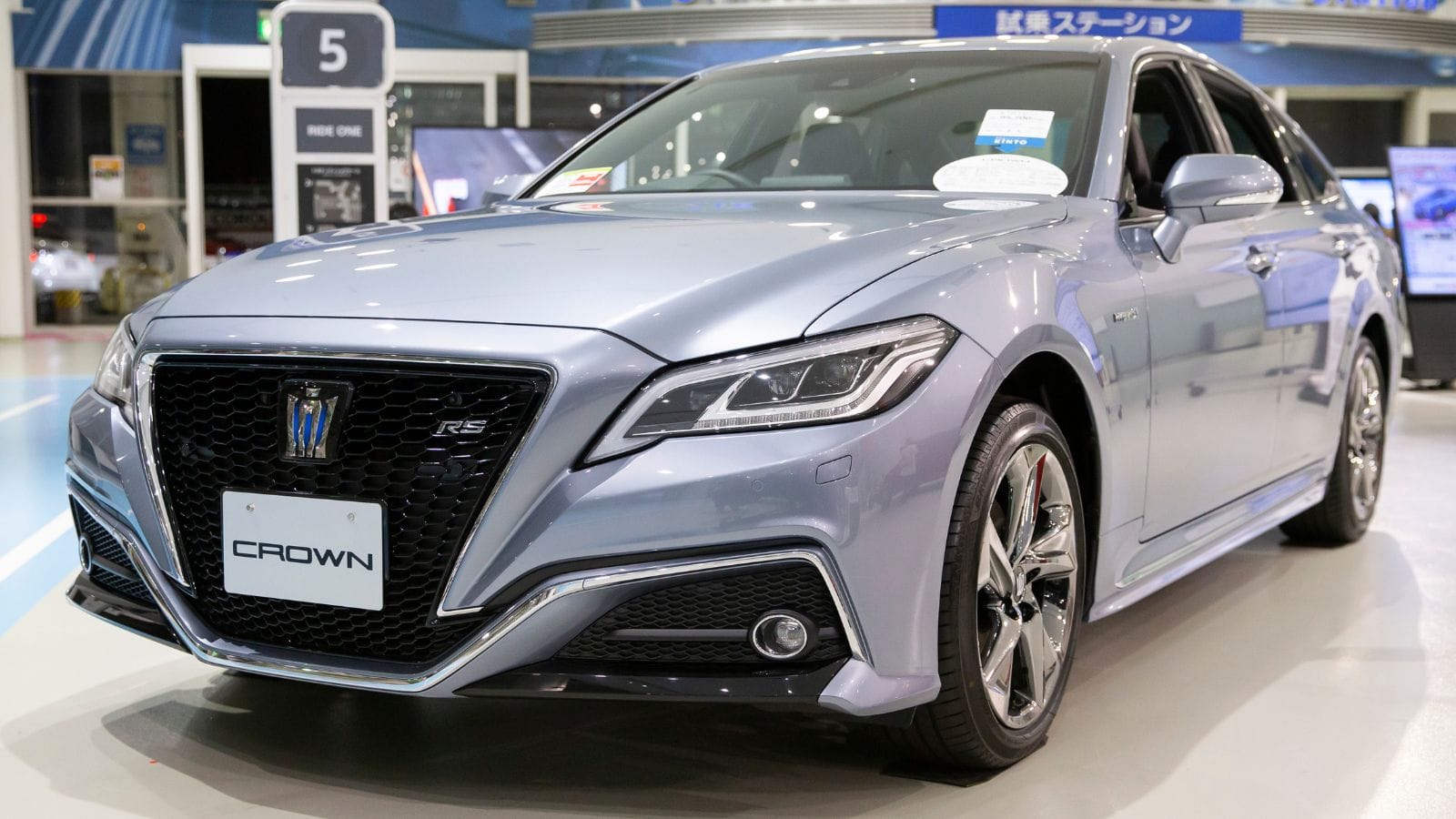
The hybrid-only Toyota Crown, imported from Japan, was pitched as a luxury-adjacent sedan with surprising efficiency. Its available 2.4L turbo hybrid powertrain makes 340 hp, but rising tariffs on Japanese imports have made it a tough sell in Canada. What was once an attractive alternative to pricier German sedans now starts well above $50,000, and that’s before dealer markups. Canadians once eager for a tech-forward, AWD sedan now find the Crown priced in Lexus territory.
BMW 3 Series
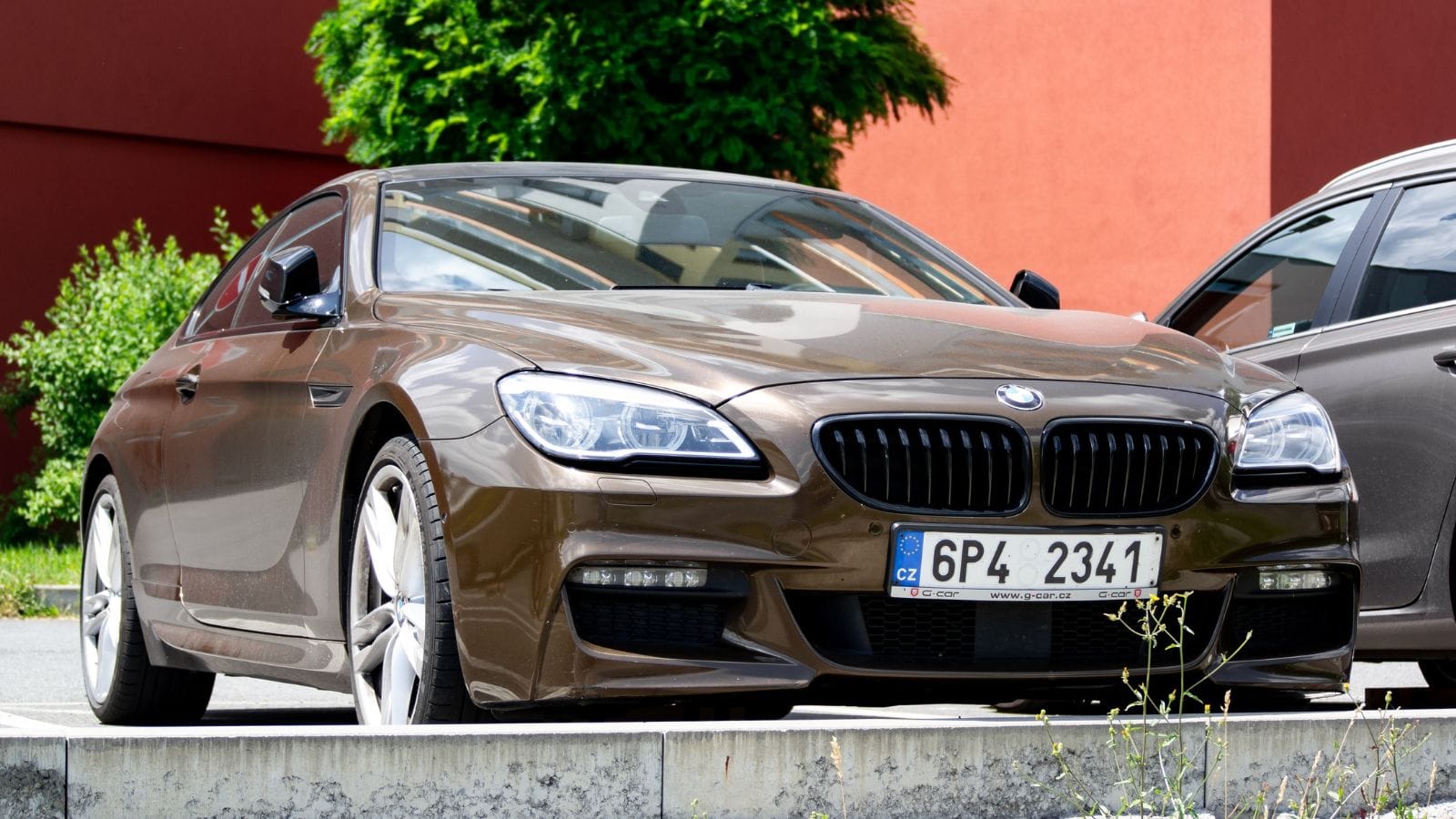
Once the gold standard of compact luxury sedans, the BMW 3 Series now faces heavy tariffs due to its German manufacturing roots. Even the base 330i, with its 255 hp turbocharged engine and 5.6-second 0-100 km/h time, has become significantly more expensive to bring into Canada. Lease rates are rising fast, and many dealers are cutting back on inventory due to low demand. What was once a reasonably attainable gateway into the BMW experience has suddenly become a financial stretch for Canadian buyers, especially those not ready to pay for optional xDrive or luxury packages.
Hyundai Ioniq 6

This sleek all-electric sedan from Korea wowed Canadian drivers with its futuristic design, long range of up to 581 km, and responsive dual-motor setup. But now the Ioniq 6 faces steep tariffs under retaliatory trade measures targeting Asian EVs. Importers are tacking thousands onto the MSRP, and some trims have been paused altogether. What started as a Tesla challenger in the low $50K range is now edging closer to $60K. Federal rebates help, but even those can’t keep pace with the new cost ceiling.
Subaru BRZ
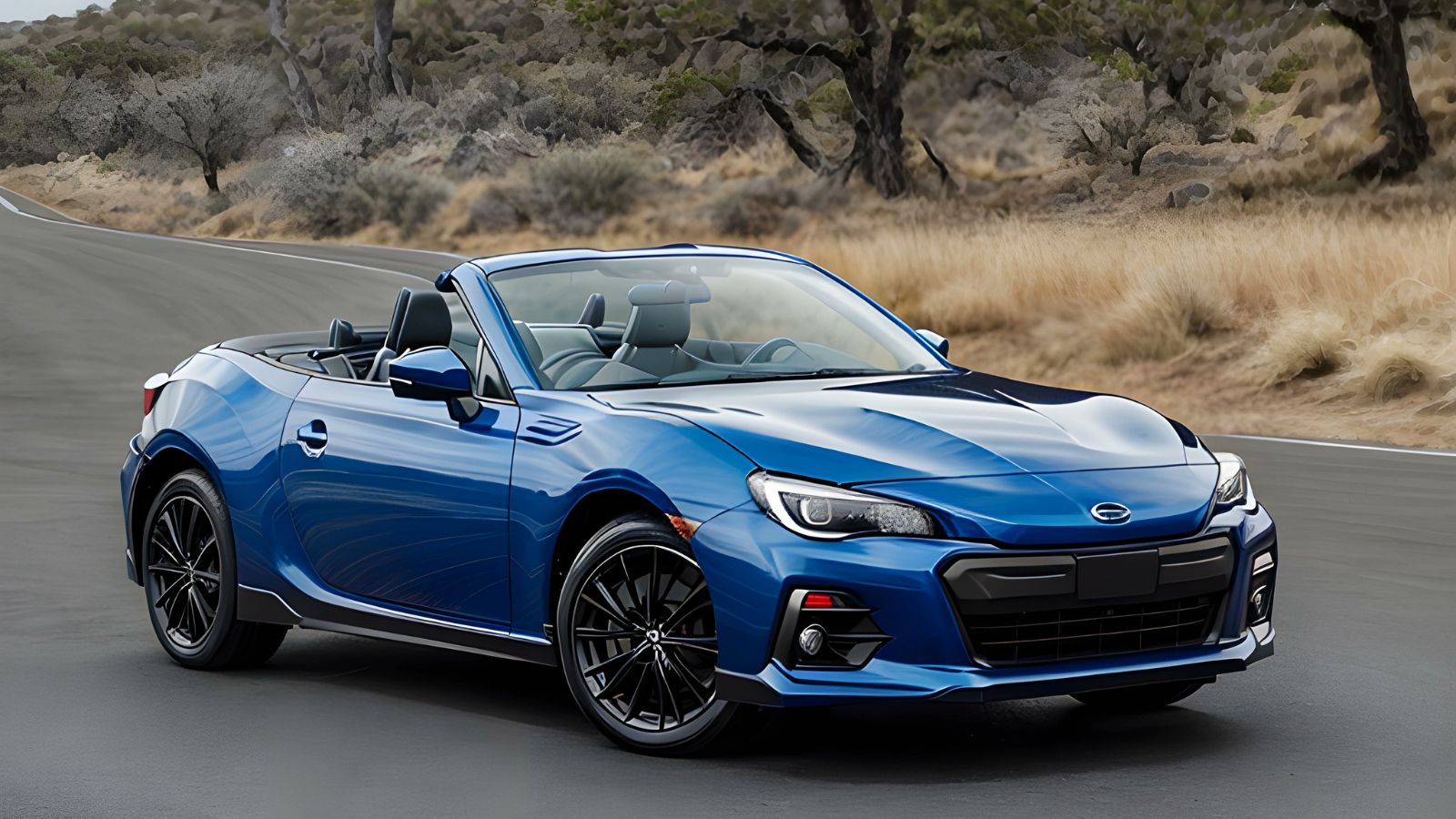
This rear-wheel-drive sports coupe was one of the last affordable enthusiast cars in Canada. With its naturally aspirated 2.4L flat-four engine and crisp manual gearbox, the BRZ offered pure driving fun for under $35,000. But as Japanese auto imports face new fees and logistical delays, the BRZ is rapidly becoming scarce and pricier. Base models are now pushing $40K with freight, tariffs, and markups. Canadians who once bought BRZs as their weekend thrill ride are holding off, because they are wary of inflated prices and thinning dealer stock.
Mercedes-Benz GLC
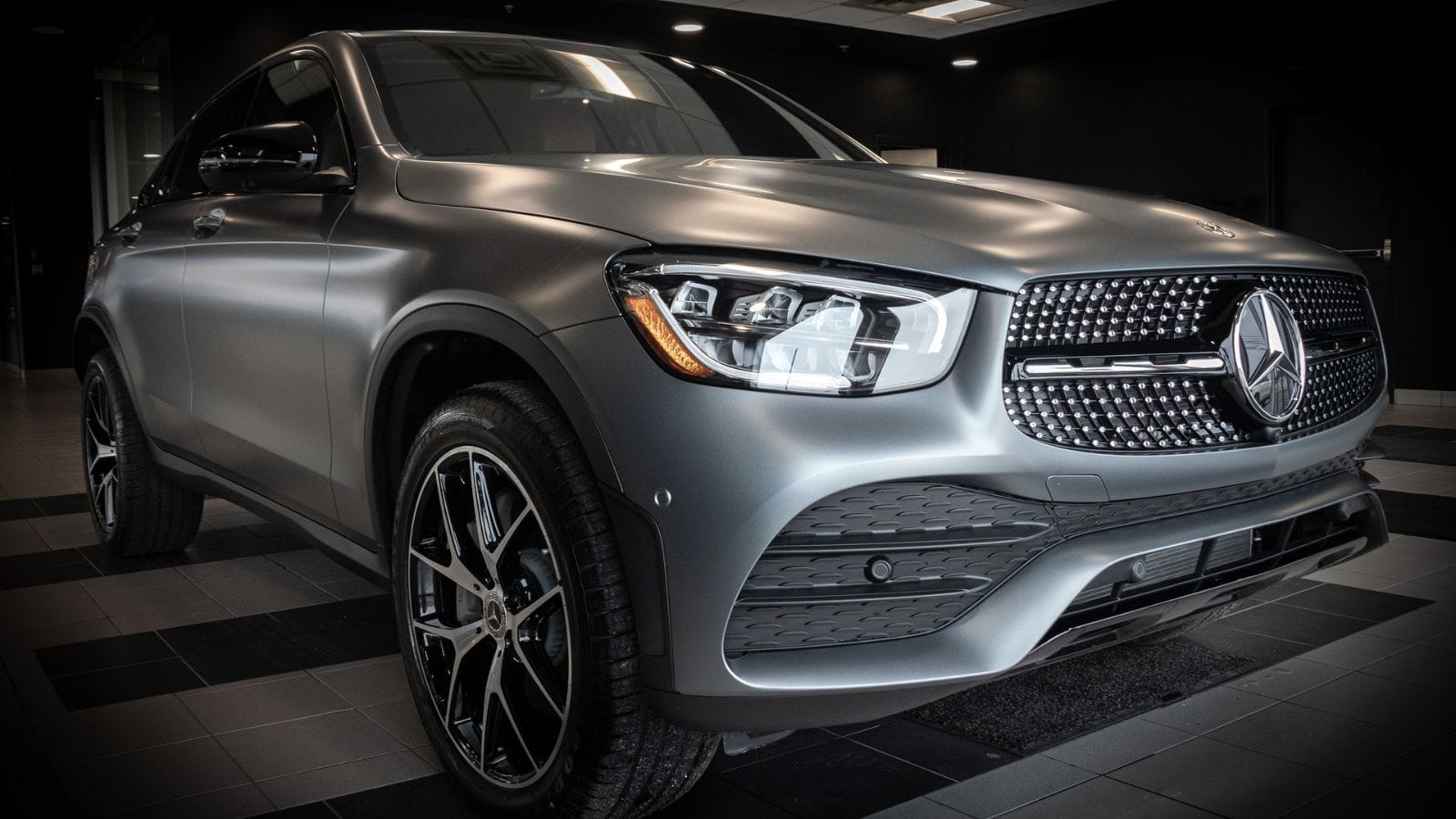
The GLC compact SUV combined refined luxury, a plush interior, and strong resale value. But as tariffs on German luxury vehicles bite harder, the GLC is now pricing itself out of reach for many Canadians. Its 2.0L turbo engine and 4MATIC all-wheel drive remain desirable, but sticker prices have jumped by as much as $6,000 across provinces. Even leases have become less appealing as residuals wobble under trade tension.
Mazda MX-5 Miata
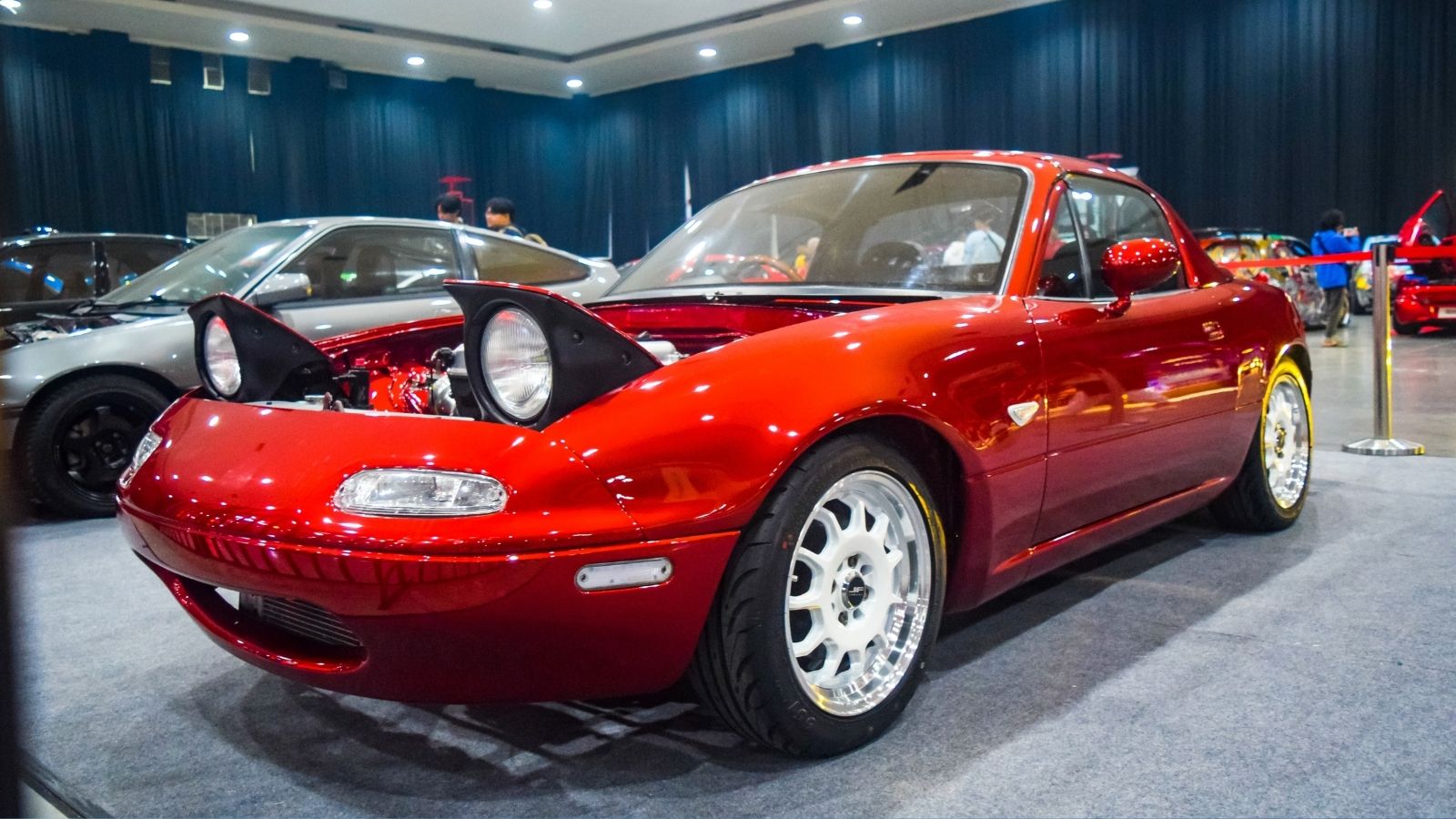
Canada’s favorite affordable roadster, which was also lightweight, nimble, and fun, has hit an unexpected wall. The Miata’s Japanese assembly has made it a victim of tariffs targeting Asian imports. With a modest 181 hp and a 6-speed manual, the Miata was never about power, but it was about pure driving feel. However, new duties have pushed prices beyond the psychological threshold for a weekend car.
Genesis G70
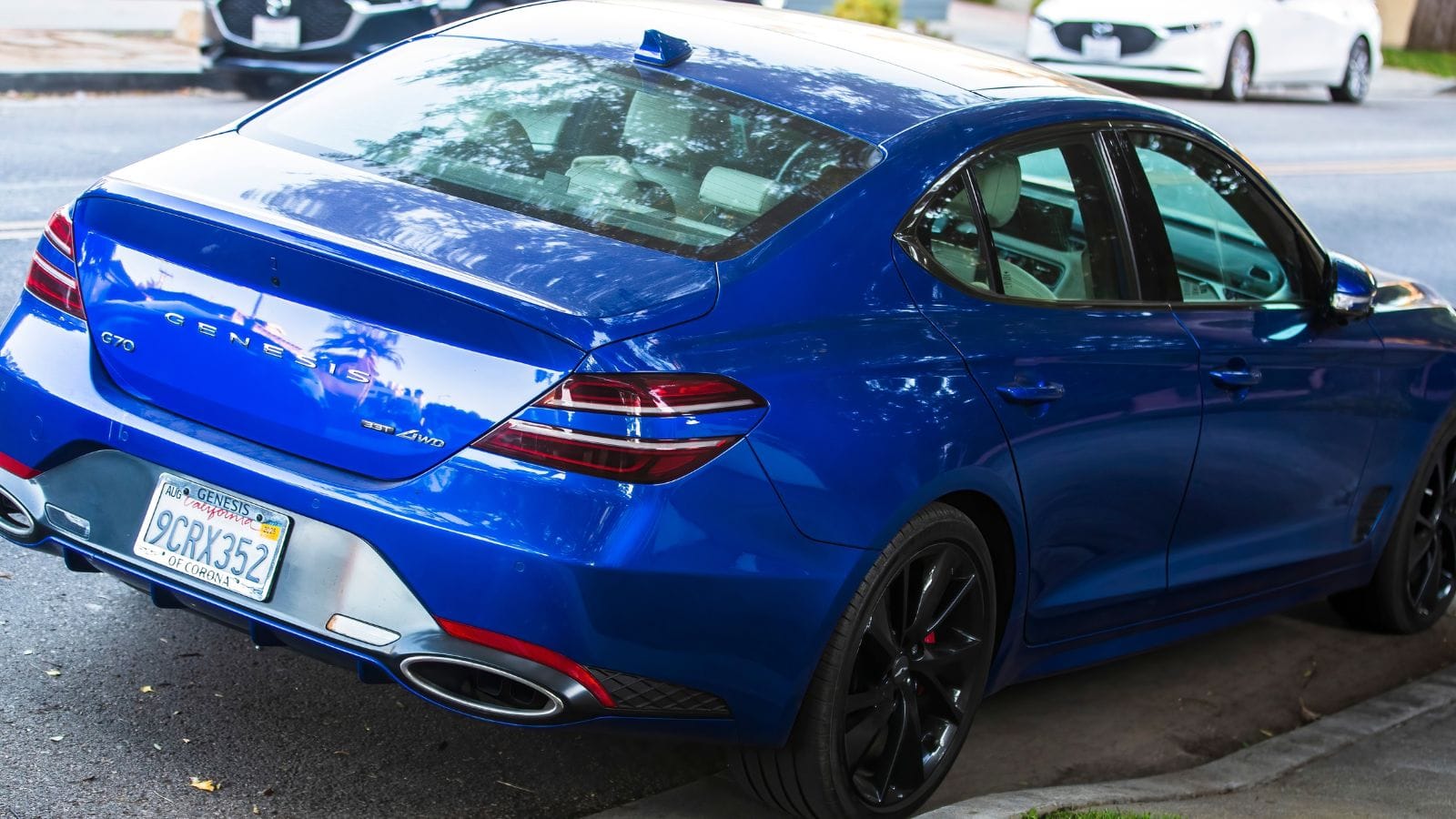
The Genesis G70, once hailed as Korea’s luxury disruptor, now struggles with a price tag bloated by tariffs. Powered by a 2.5L turbocharged engine pushing 300 hp, the G70 offered a refined cabin, sharp handling, and top-tier safety tech at a relative bargain. But with import duties on Korean vehicles climbing, base models have crept into the $55,000 range. Even loyal buyers are balking at costs more closely aligned with BMW and Audi. Once celebrated for delivering luxury without the premium price, the G70 is now caught in a pricing paradox, undercutting itself in the Canadian luxury conversation.
Honda Accord Hybrid

The Accord Hybrid has long been a Canadian favorite for families wanting fuel economy without sacrificing space. Its 2.0L hybrid engine delivers 204 hp and smooth acceleration, with highway mileage exceeding 5 L/100 km. But tariffs on Japanese-built models are inflating MSRPs and drying up dealership stock. Once priced competitively around $38,000, higher trims are now pushing well over $45K with freight and PDI.
Kia EV6
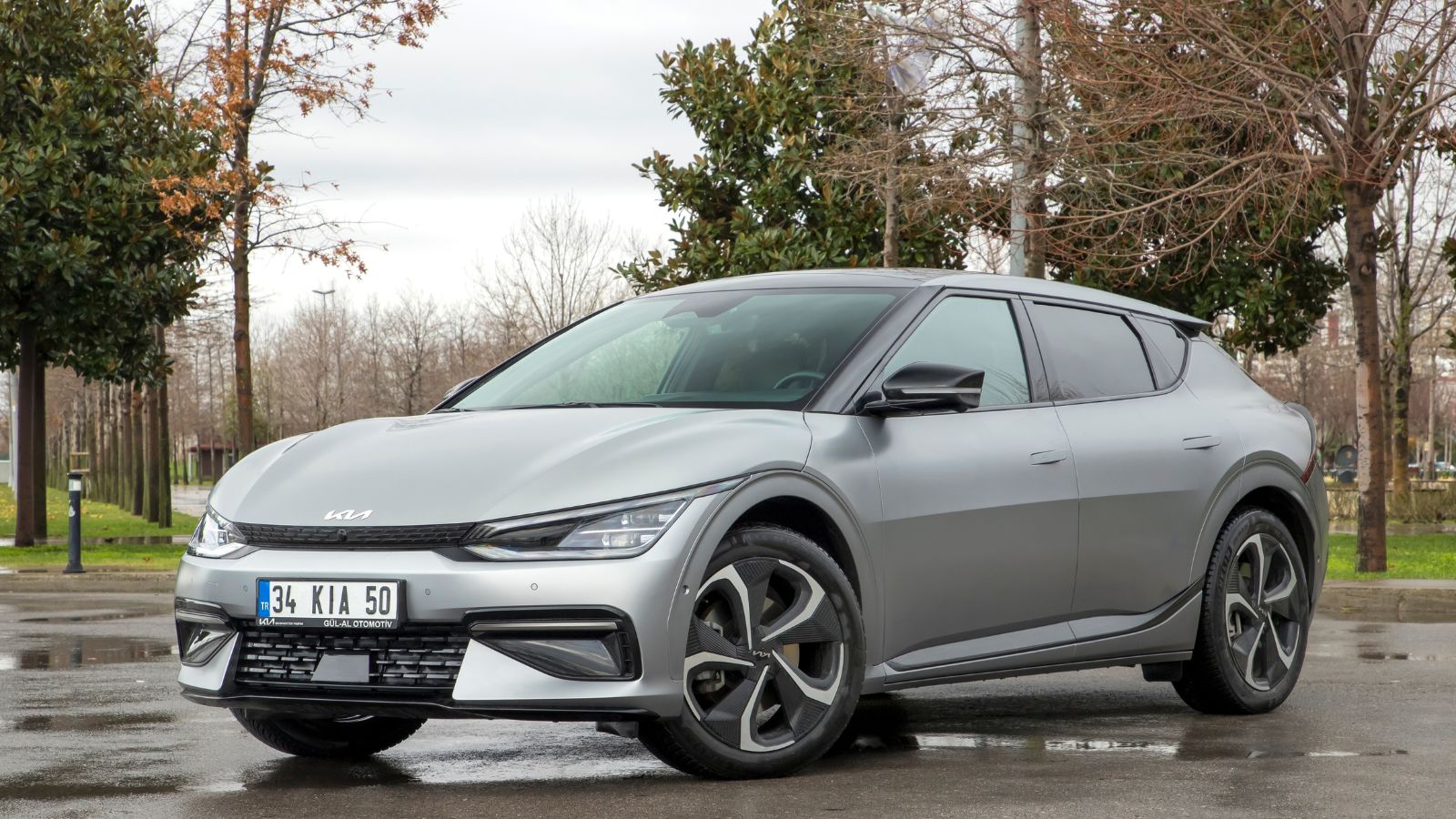
The EV6 burst onto the Canadian EV scene with futuristic styling, 500+ km range, and blistering GT trim performance. But those perks are becoming harder to justify as tariffs on Korean EVs drive prices upward. The dual-motor AWD GT, with its 576 hp and 0-100 km/h time of 3.5 seconds, is now crossing $75K, putting it out of reach for many eco-minded Canadians, as even the base models have lost their once-strong value proposition. As Canada’s EV incentives stall and prices climb, the EV6 risks becoming a showroom novelty instead of the mass-market disruptor it once aimed to be.
Audi A4
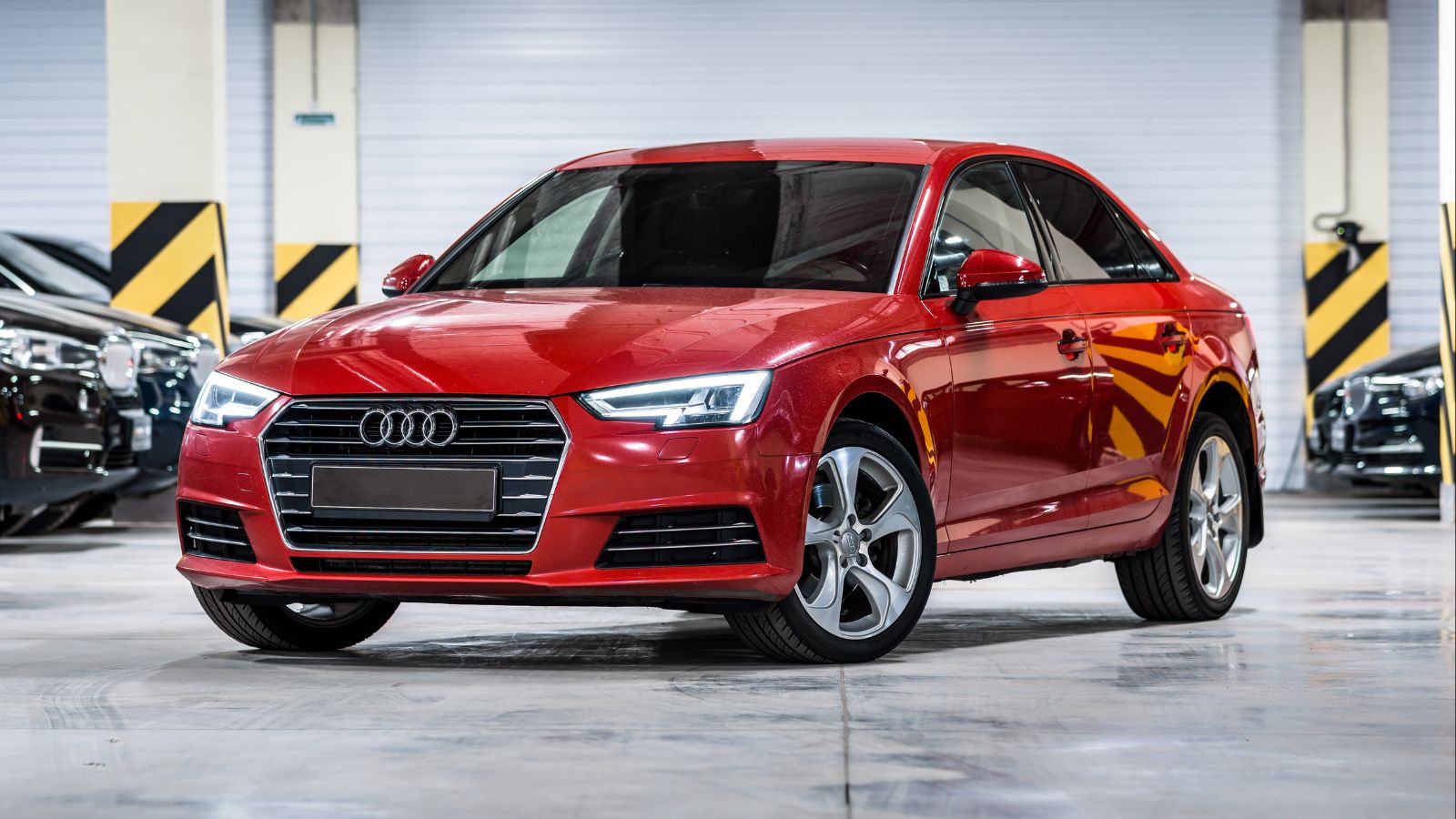
Audi’s A4, built in Germany, was long a go-to for Canadian professionals wanting understated performance and quattro AWD. With a 261 hp turbocharged engine and a beautifully appointed cabin, it bridged the premium and practical. But import tariffs have sharply inflated lease costs and list prices, and the A4, which was once available well-equipped for under $50,000, now hovers closer to $60K. Many Audi dealers are slashing incoming orders or redirecting customers toward locally assembled SUVs as a car that once symbolized accessible European sophistication is slowly drifting into only-if-you-can-afford-it territory.
Nissan Ariya
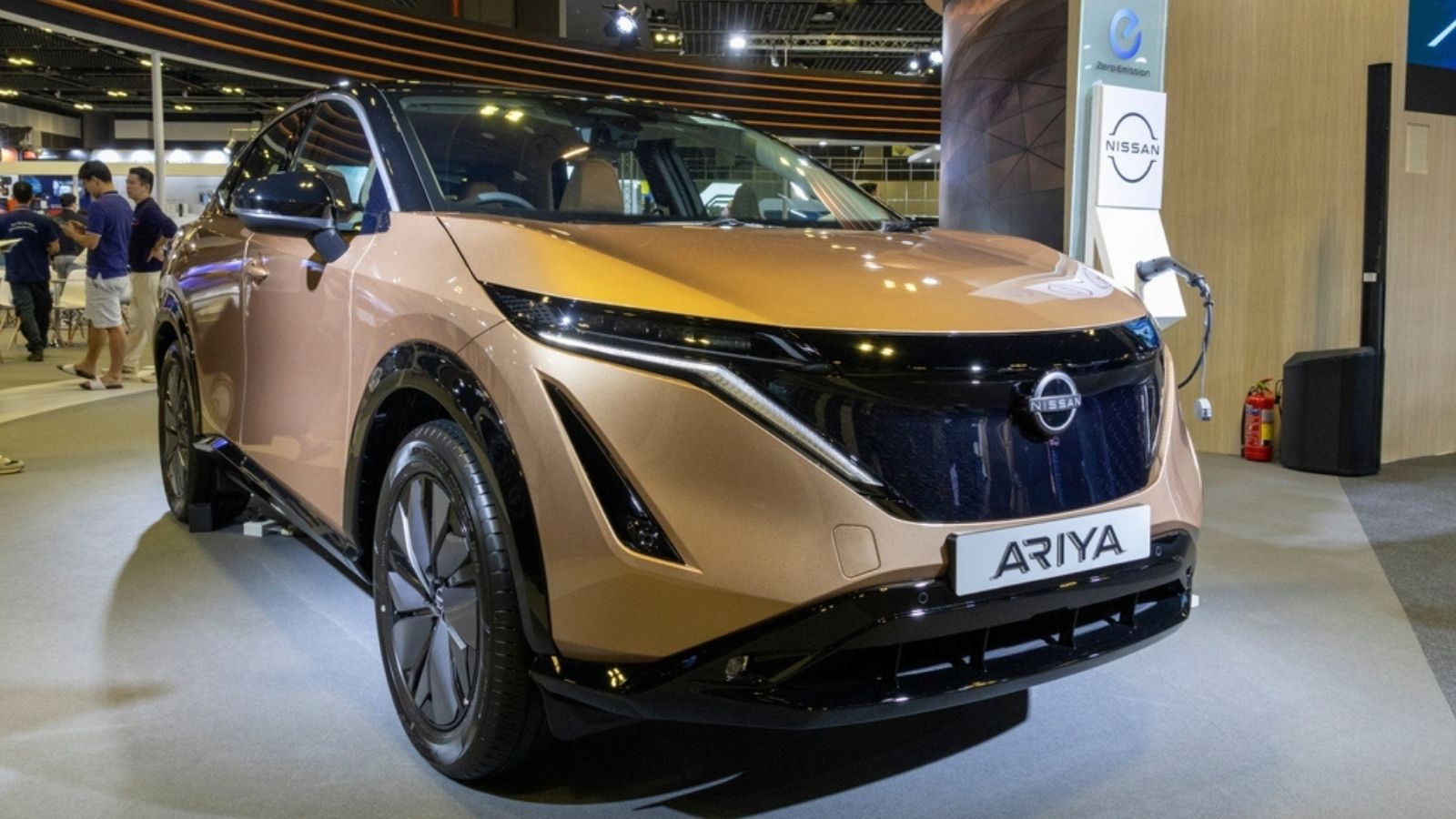
Nissan’s long-awaited electric SUV arrived with sleek styling, up to 490 km of range, and a calm, tech-rich interior. But the Ariya’s Japanese origin now complicates its Canadian future. As tariffs pile on, its MSRP, which is already in the mid-$50,000s, is climbing fast. Options like AWD or the 389 hp e-4ORCE drivetrain push the price into luxury EV territory, where it competes with better-known German and American names. Canadian buyers who hoped the Ariya would be a bold, affordable EV alternative are now second-guessing the investment.
Toyota GR86
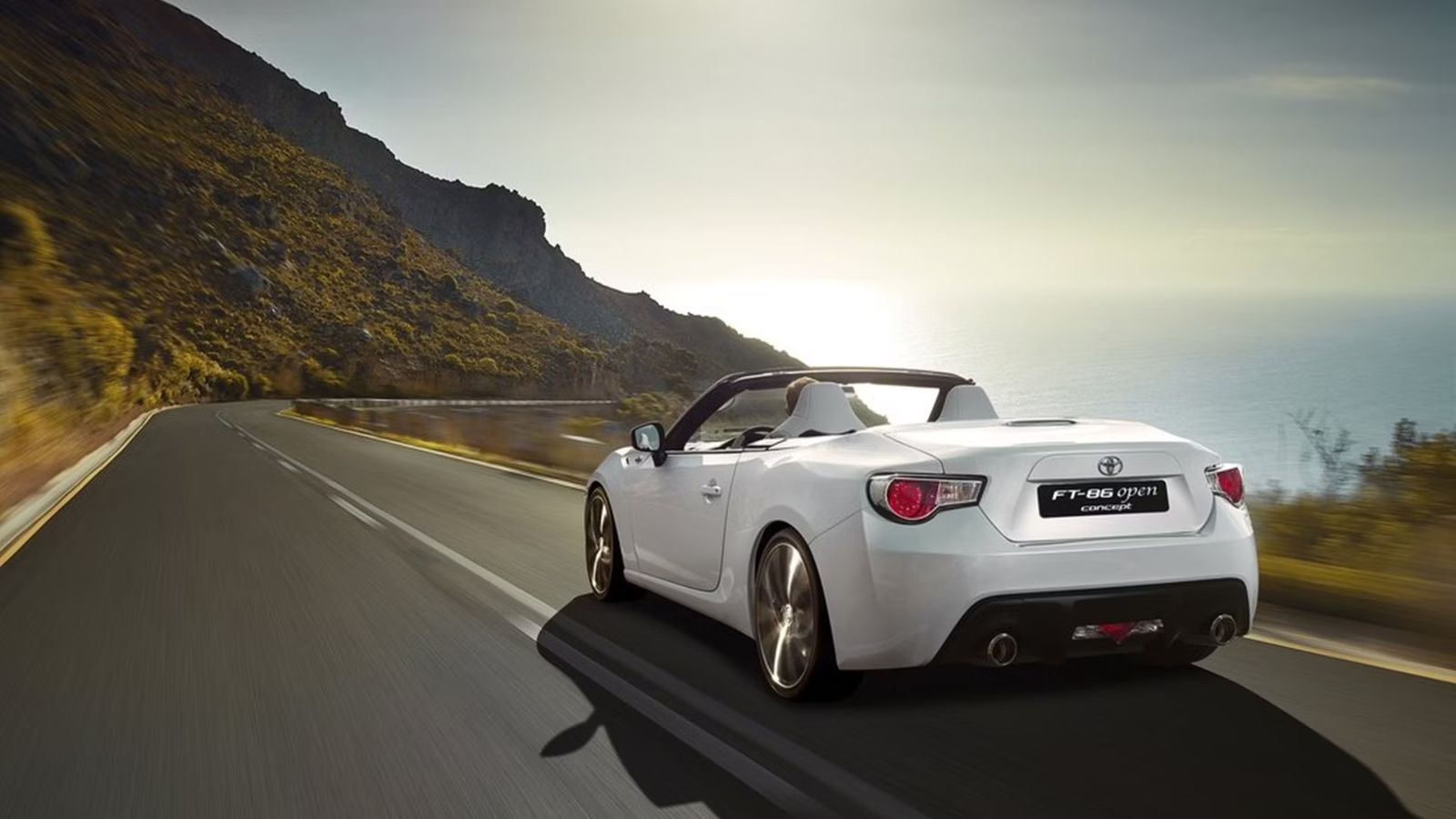
The GR86, cousin to the Subaru BRZ, brought back the joy of rear-wheel driving with a punchy 2.4L engine, 228 hp, and a low center of gravity. It was a budget-friendly performance coupe, often under $35,000, and perfect for younger Canadians. But as tariffs impact Japanese-built models, prices are creeping past $40,000, especially with delivery fees and dealer premiums. Supply chain disruptions also mean fewer manual versions are reaching lots.
Volvo XC60 Recharge
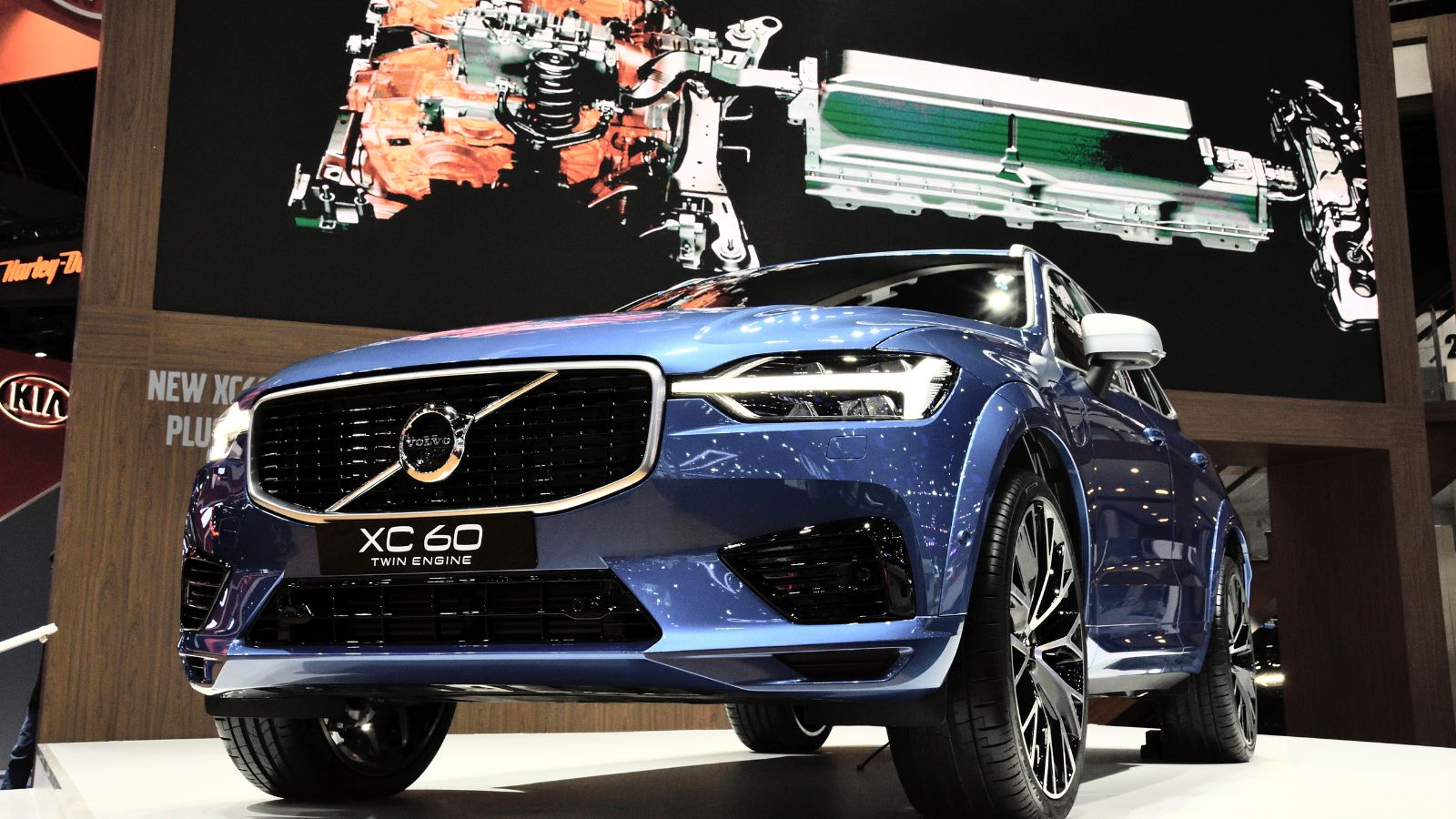
Built in Sweden and loaded with Scandinavian sensibility, the XC60 Recharge plug-in hybrid offered 455 combined hp and over 60 km of electric-only range. It appealed to Canadians seeking a luxury SUV that did not guzzle gas. But new tariffs on European imports have pushed their cost beyond $80,000 for well-equipped models. As rebates phase out and luxury taxes loom, the XC60’s once-reasonable total cost of ownership has ballooned, and even lease offers are losing appeal.
Lexus RX 500h
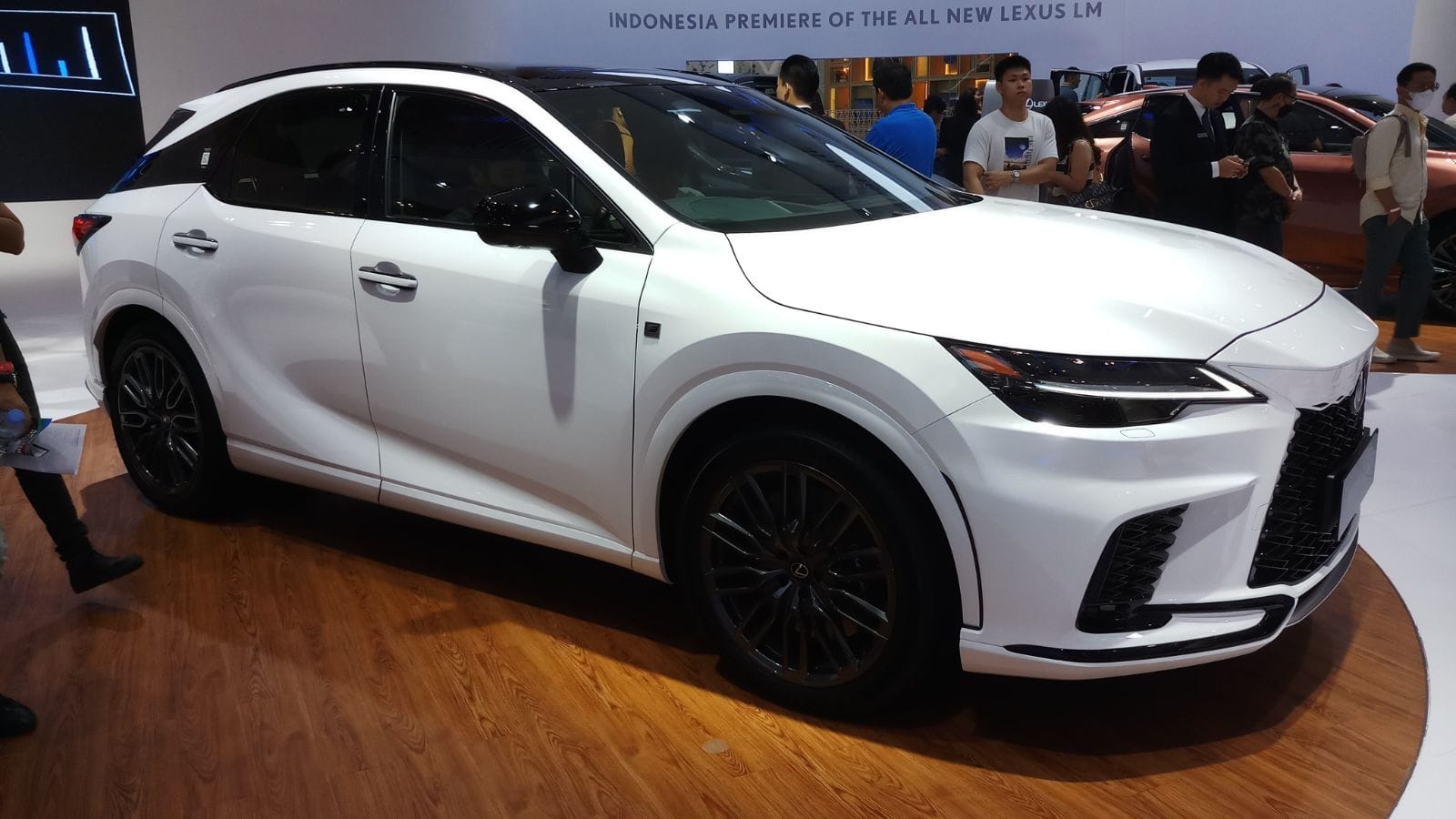
This performance hybrid SUV from Japan offered 366 hp, AWD, and a host of high-end features, and its balance of luxury and fuel economy made it a staple in Canadian suburbs. But as Japanese tariffs rise, the RX 500h is becoming harder to justify. Top trims are closing in on $80K after freight and dealer premiums, and even Lexus loyalists are feeling squeezed, especially with interest rates rising. For a brand built on quiet reliability, the pricing noise is becoming impossible to ignore.
Honda Civic Type R
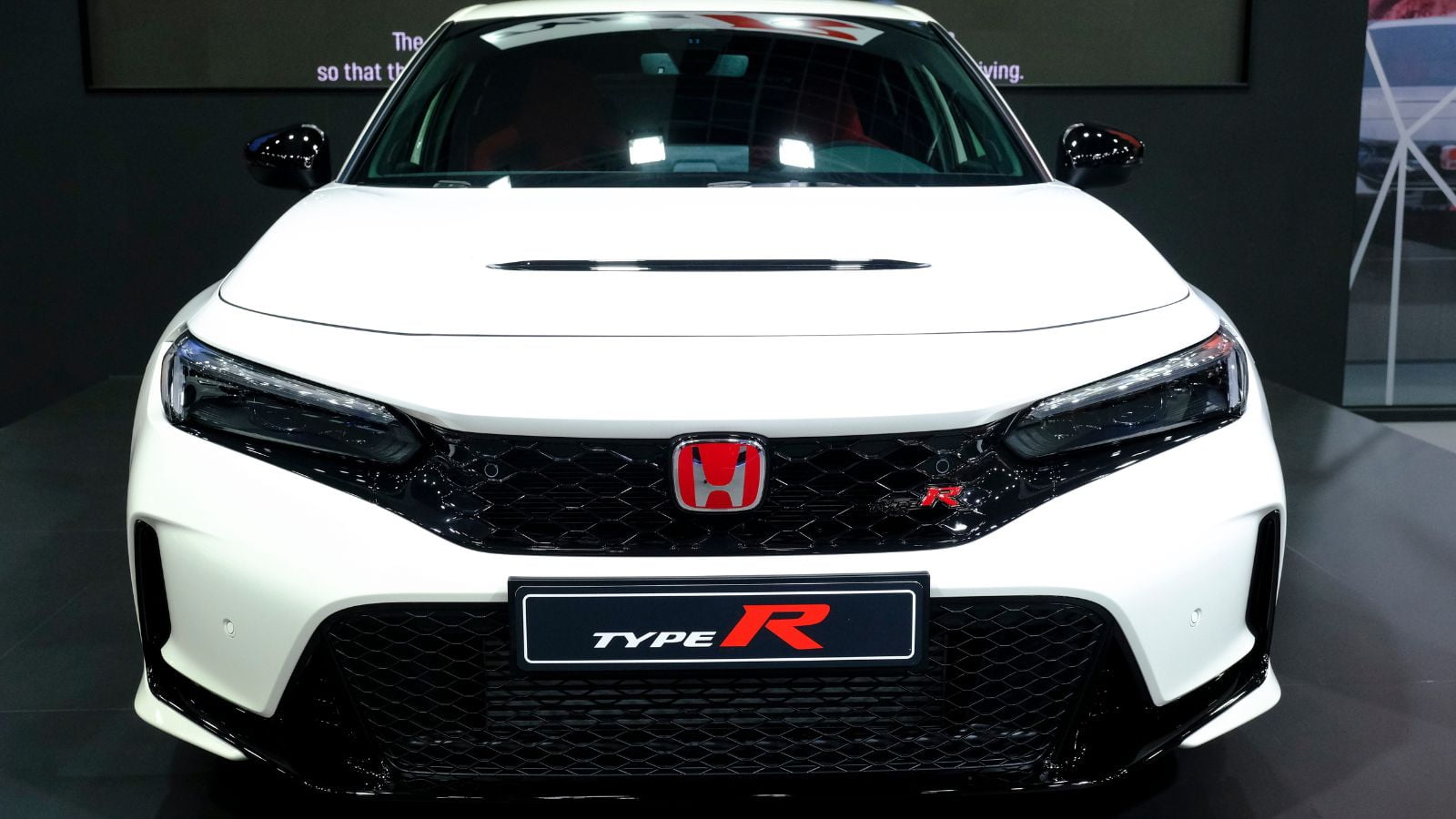
This track-ready hot hatch offered 315 hp, a six-speed manual, and sharp aerodynamics, all in a practical five-door layout. Canadians loved it for its mix of thrills and everyday usability. But the Type R, built in Japan, now faces aggressive tariffs and tight allocations. Dealers are charging premiums that push its real-world price above $60K, almost luxury territory. It’s a shocking turn for what was once a cult favorite among budget performance enthusiasts, and even die-hard fans are reconsidering, especially when domestic alternatives are thousands cheaper.
Mini Cooper SE
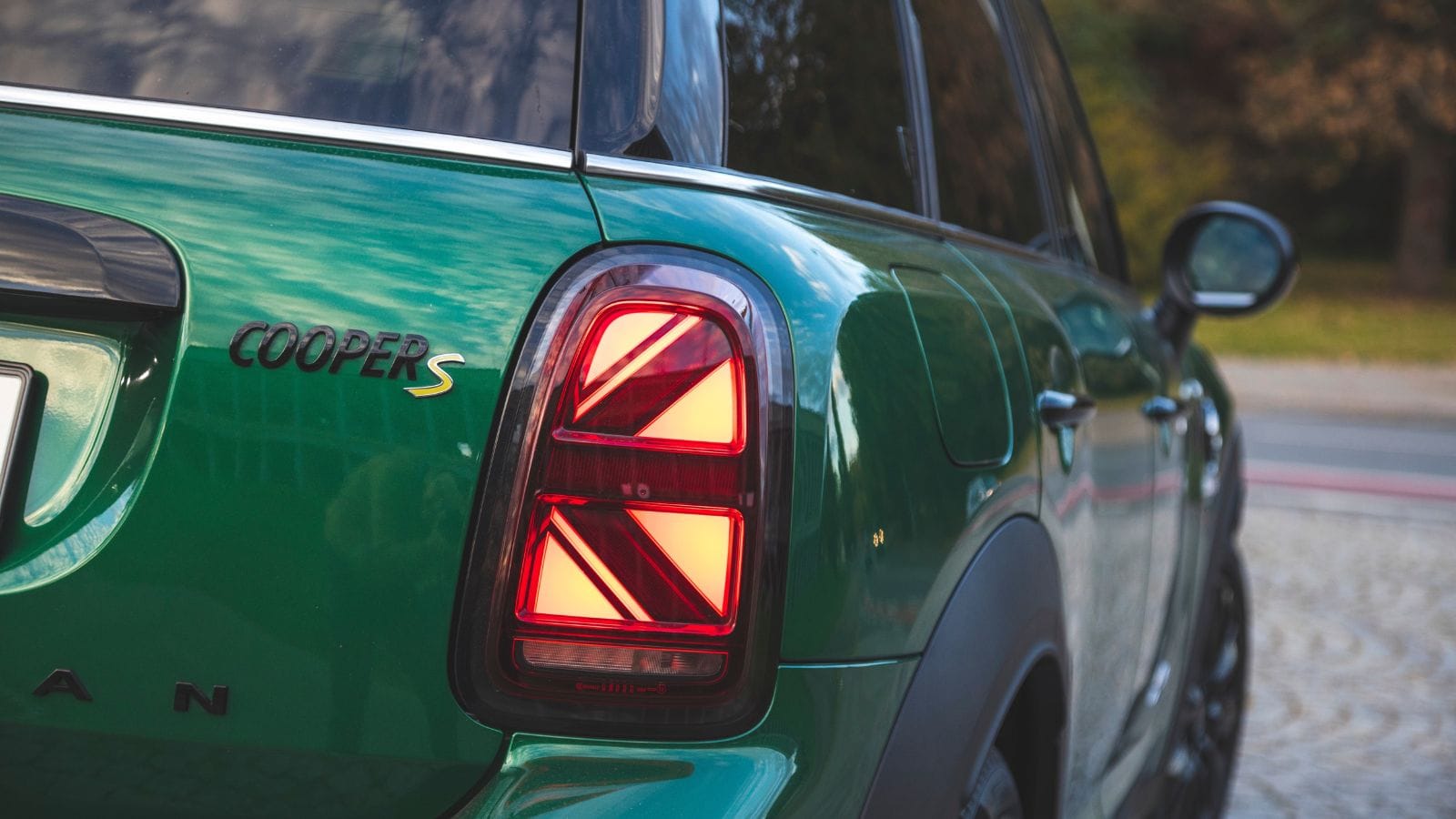
This electric hatchback delivered 181 hp, sharp go-kart handling, and premium British styling at a sub-$45K price, which is perfect for city driving in Canada. But with tariffs now biting European-built EVs, the Cooper SE’s affordability has evaporated. Supply has dwindled, wait times are growing, and dealers are warning of future markups. Even with EV rebates, the SE now competes with larger, longer-range crossovers that offer better value. Once seen as an accessible electric entry point for urban Canadians, the Mini SE is now fighting to stay relevant, thanks largely to politics, not performance.
Infiniti QX55
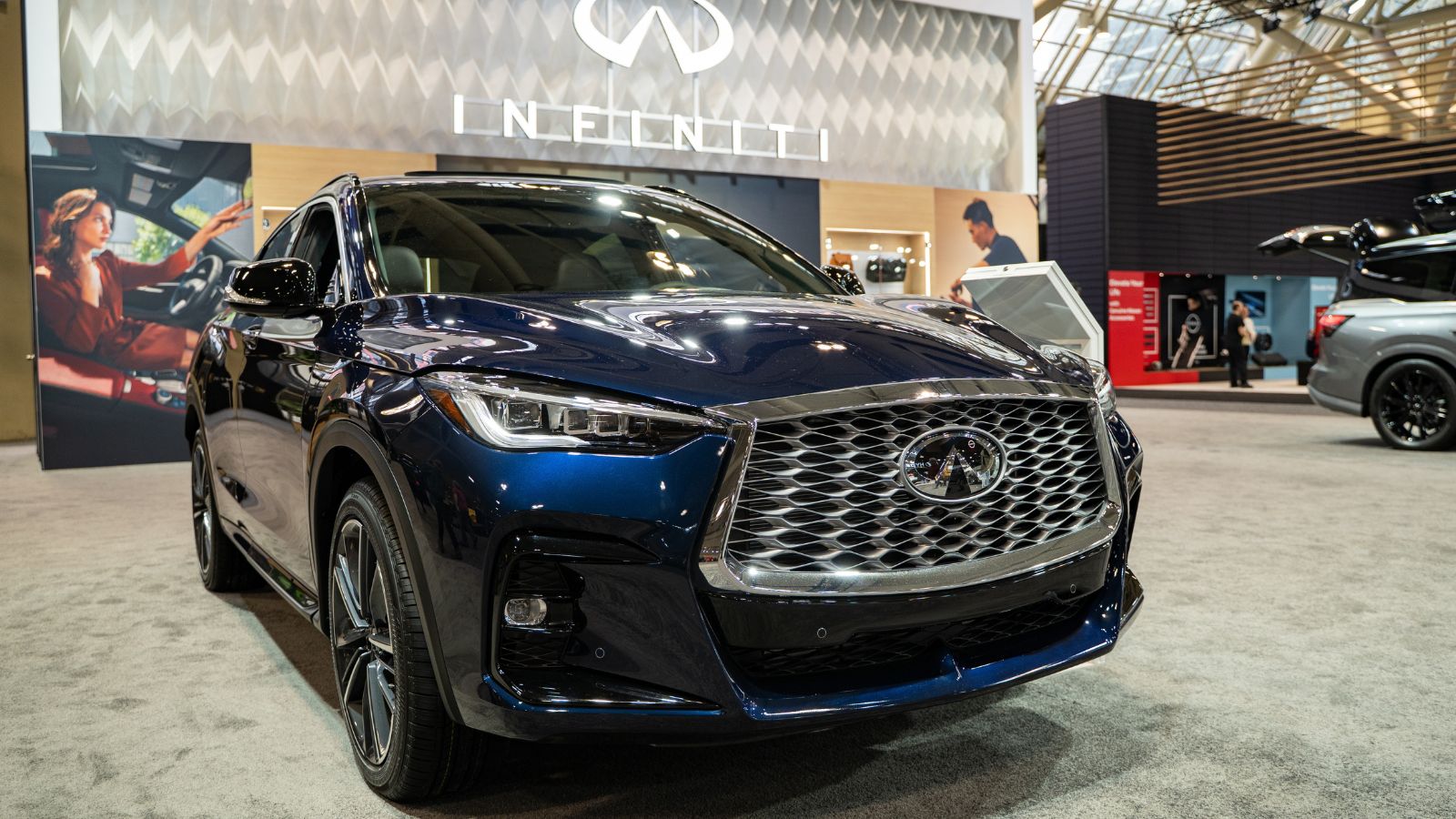
This coupe-styled SUV was designed to blend flair with function, offering a 268 hp VC-Turbo engine and a comfortable, tech-laden interior. However, the QX55’s Japanese manufacturing base makes it a prime target for tariffs, and its starting prices in Canada have increased by several thousand dollars since 2023. As a result, lease offers have all but dried up. Luxury buyers are instead leaning toward tariff-free options like U.S.-assembled Lincolns and Cadillacs. Once a unique option in the luxury crossover field, the QX55 now risks being priced out of relevance as global trade tensions reshape the segment.
Alfa Romeo Giulia

Italy’s sports sedan made waves with its 280 hp turbo-four, balanced handling, and stunning interior. But Alfa Romeo was already a niche brand in Canada, and tariffs on European imports might be the final blow. The Giulia’s base price is now closing in on $60K, while Quadrifoglio trims exceed $90K; maintenance and part availability are also affected by slowed shipping lanes. For Canadians drawn to its exclusivity and raw driving feel, the Giulia may now feel like too much risk for the reward.
Mitsubishi Outlander PHEV
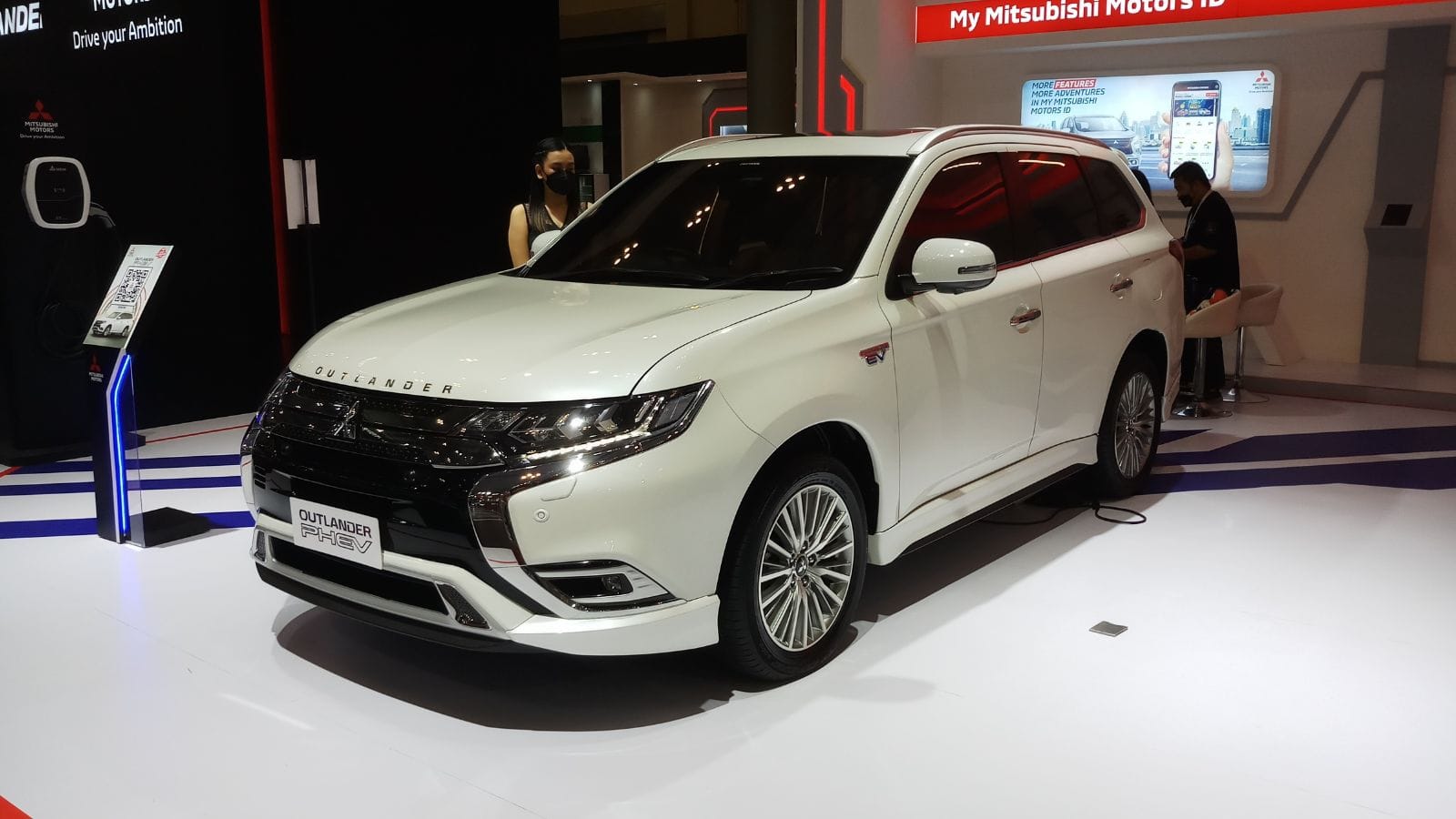
This plug-in hybrid SUV was a Canadian success story, delivering a strong EV range of up to 61 km, AWD, and family-friendly utility. But new tariffs on Japanese hybrids have dragged their pricing far beyond expectations. Fully loaded trims now approach $60,000, which is a hard sell for a brand that built its identity on affordability. The Outlander PHEV’s unique position as one of the few plug-in SUVs under $50K has vanished, and shoppers are taking note.
Porsche Macan
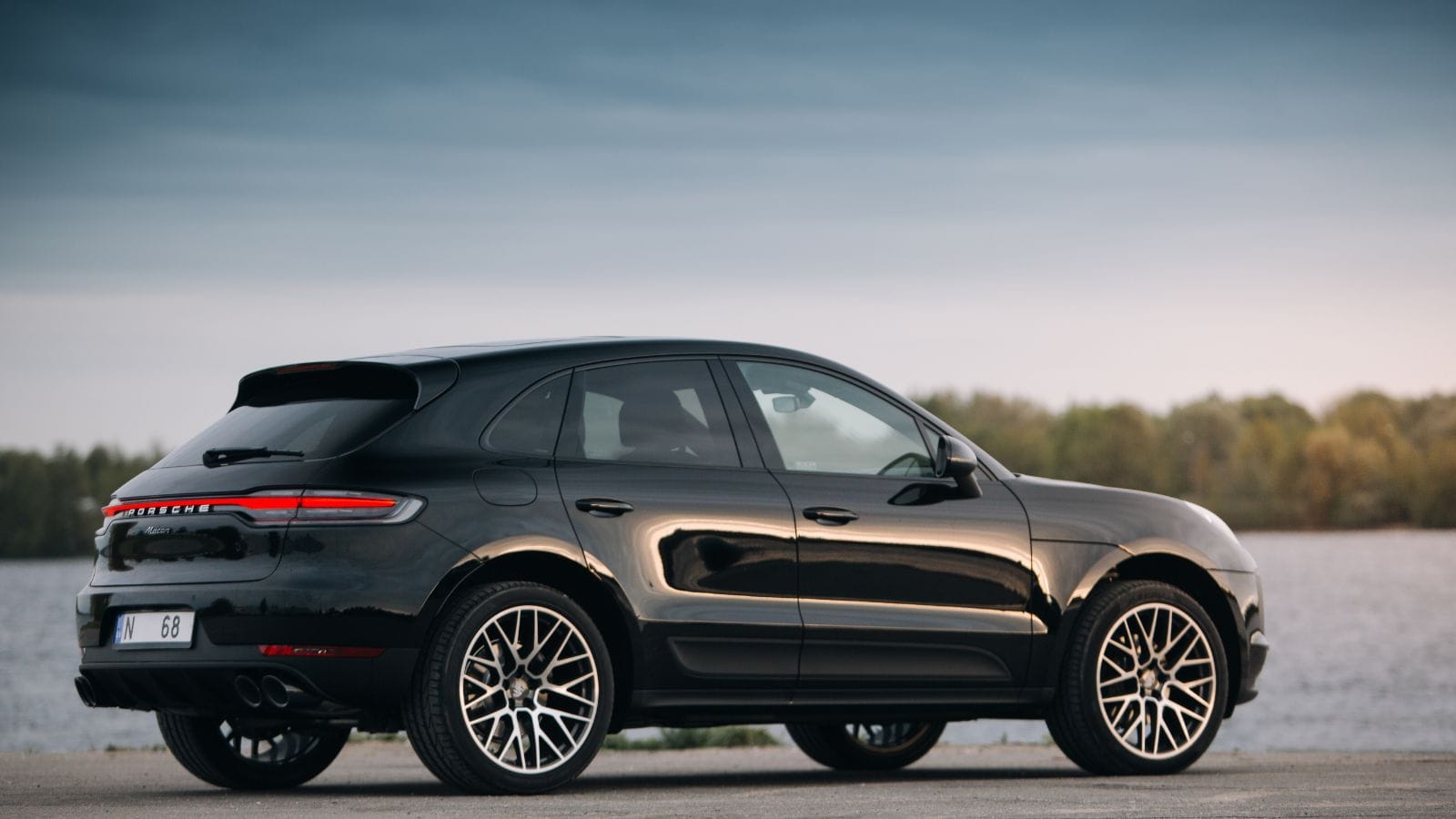
The Macan compact SUV offered a performance-first approach with turbocharged engines ranging from 261 to 434 hp. Canadians loved it for its luxury interior and handling dynamics that outpaced rivals. But German tariffs have taken a steep toll, and Macan models have jumped $5,000–$10,000 in price across most trims, while leasing is no longer the workaround it once was, with inflated residuals and low stock. What was once a gateway Porsche has become financially out of step for most middle-class Canadians.
Suzuki Jimny (Unofficial Imports)
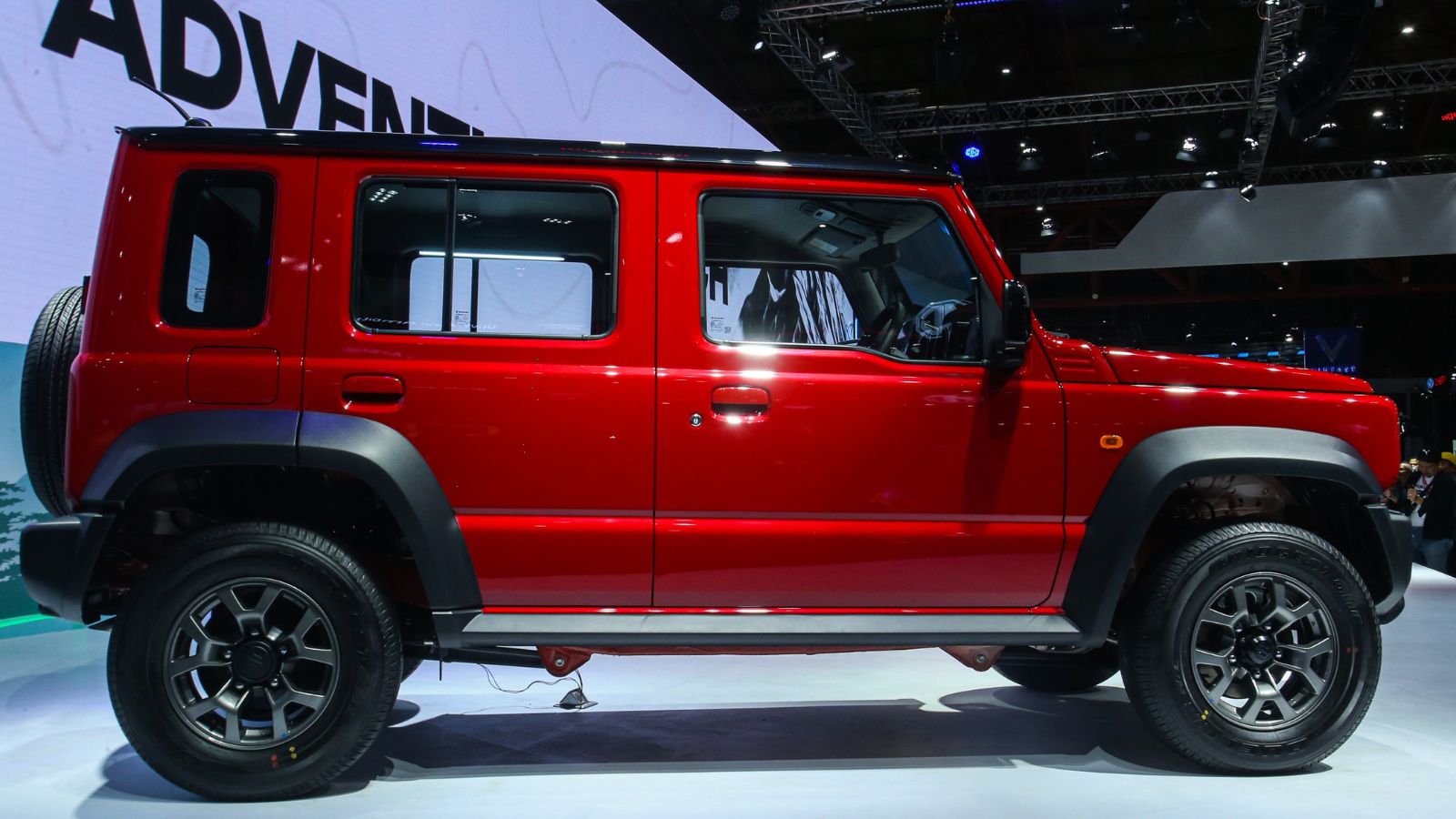
Though never officially sold in Canada, many Canadians imported the Suzuki Jimny through third-party channels, drawn to its retro 4×4 charm and compact practicality. But new import restrictions and tariffs have crushed that underground pipeline. What once cost around $30,000, including shipping and compliance mods, now exceeds $45K. Small importers are backing out, and customs red tape makes the process nearly impossible. For off-road enthusiasts and collectors, the Jimny is still beloved, but increasingly out of reach thanks to escalating trade battles and regulatory barriers.
21 Products Canadians Should Stockpile Before Tariffs Hit

If trade tensions escalate between Canada and the U.S., everyday essentials can suddenly disappear or skyrocket in price. Products like pantry basics and tech must-haves that depend on are deeply tied to cross-border supply chains and are likely to face various kinds of disruptions
21 Products Canadians Should Stockpile Before Tariffs Hit
